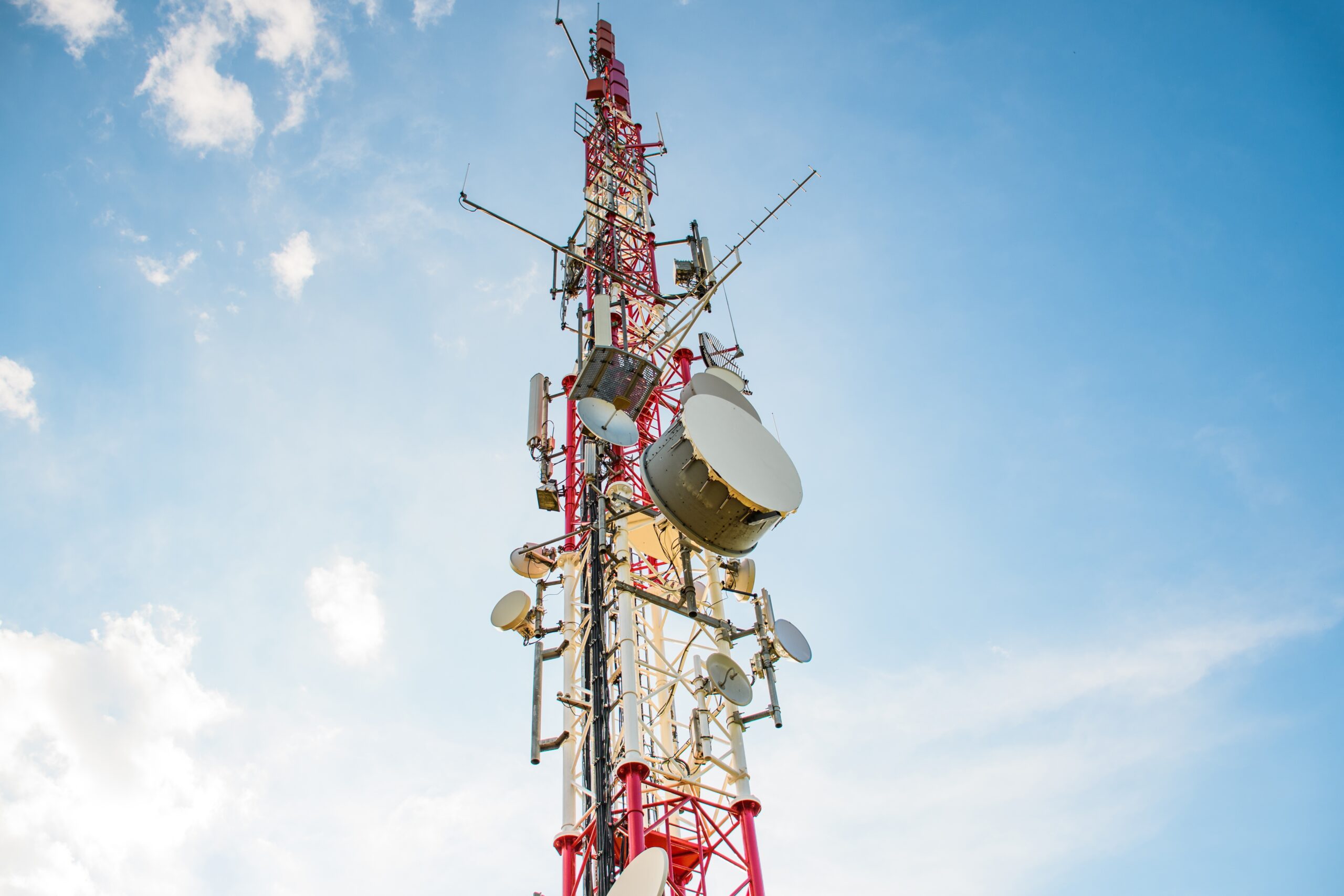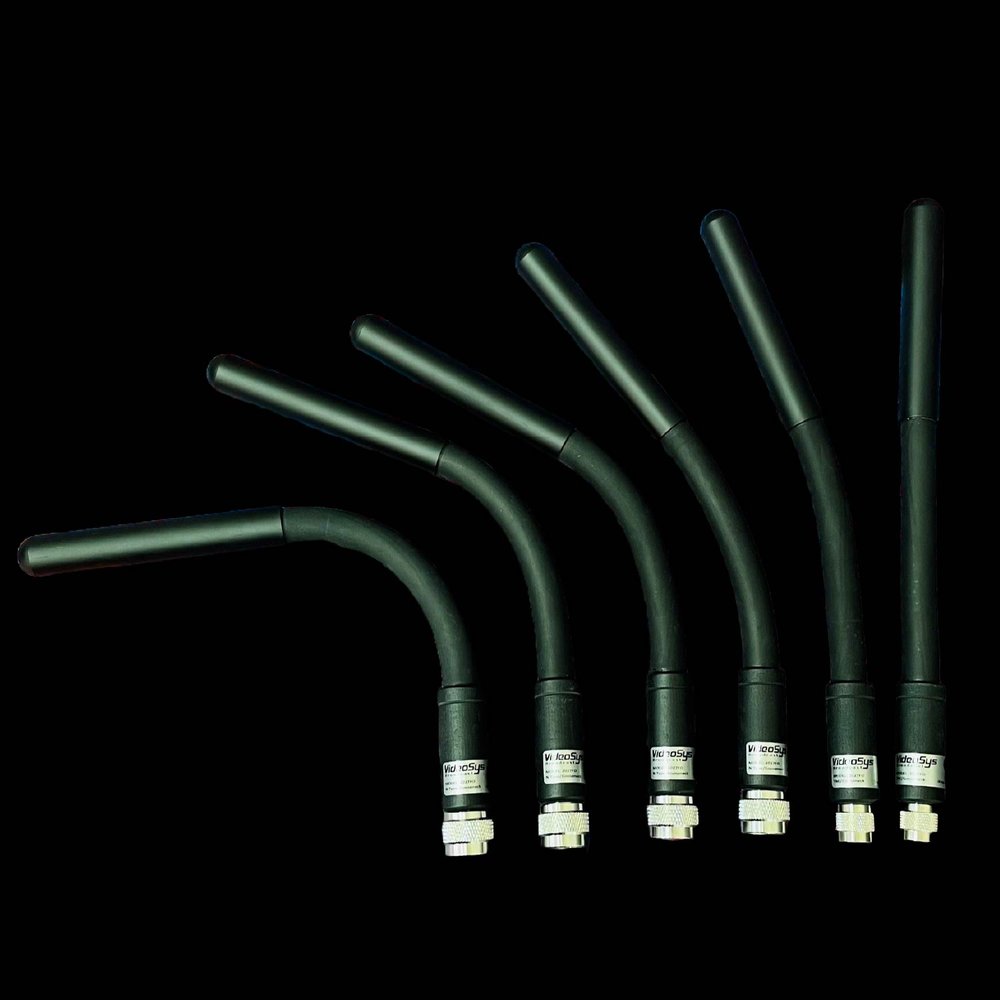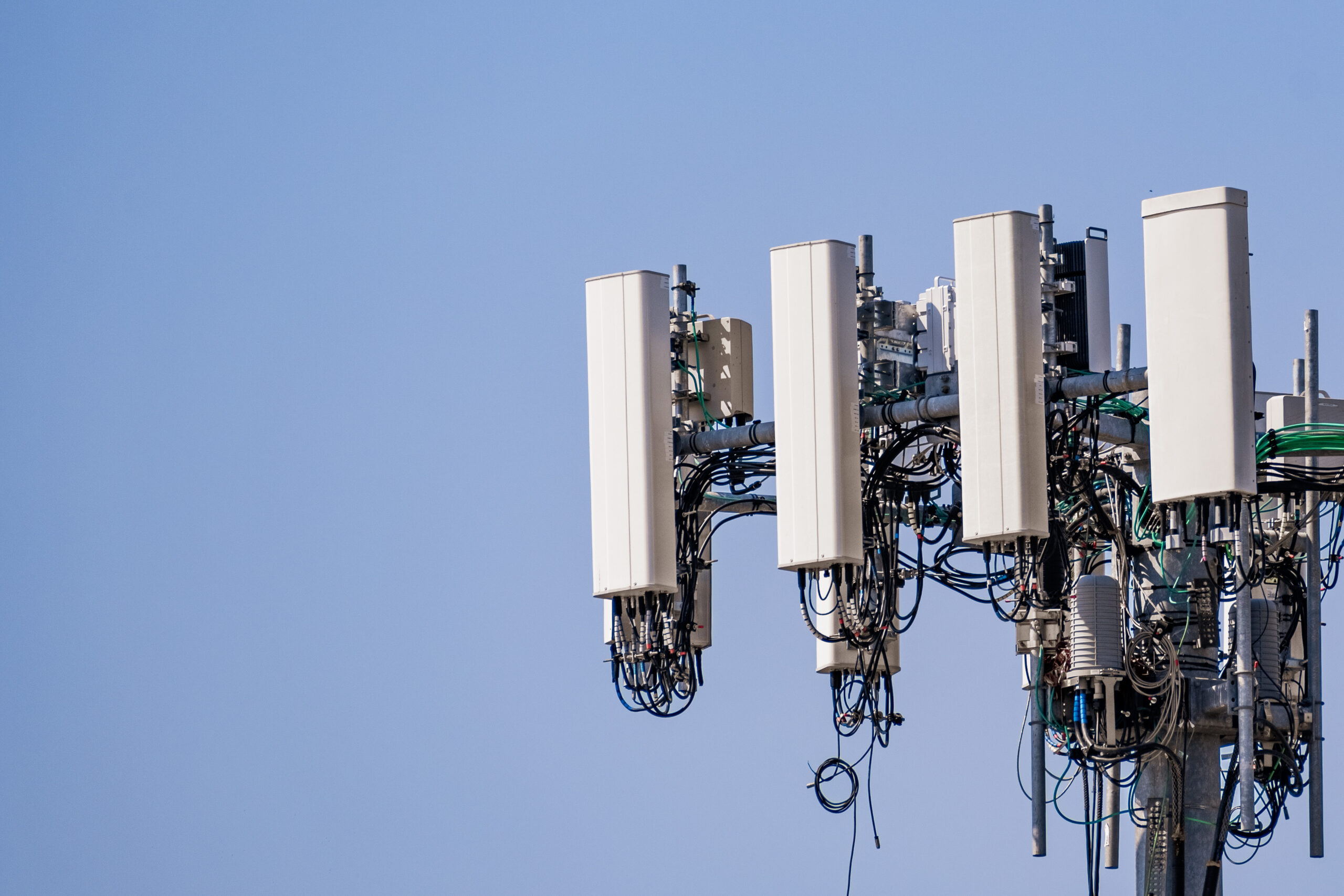Antenna Basics and why they are important
In the modern world, where wireless communication is ubiquitous and indispensable, antennas play a pivotal role in facilitating the transmission and reception of signals. From radio and television broadcasting to mobile phones, Wi-Fi routers, and satellite communication, antennas are the unsung heroes behind the scenes, enabling seamless connectivity across vast distances. In this blog post, we’ll delve into the fundamentals of antennas, exploring how they work, the different types available, and their essential role in modern technology.
Antenna Basics: What is an Antenna?
At its core, an antenna is a device designed to transmit or receive electromagnetic waves. These waves carry information encoded in their frequency, amplitude, or phase, depending on the specific application. Antennas are essential components of communication systems, converting electrical signals into electromagnetic waves for transmission through space or capturing incoming waves to extract the transmitted information.
Antenna Basics: How Do Antennas Work?
The operation of an antenna relies on the principles of electromagnetism, particularly Maxwell’s equations, which describe how electric and magnetic fields interact and propagate. When an alternating current flows through an antenna, it generates oscillating electric and magnetic fields around the antenna structure. These fields radiate outward as electromagnetic waves, carrying the information encoded in the signal.
Similarly, when an electromagnetic wave encounters an antenna, it induces an alternating current in the antenna’s conductive elements. This current can then be extracted and amplified to recover the original signal. In essence, antennas serve as transducers, converting between electrical signals and electromagnetic waves.
Antenna Basics: Types of Antennas
Antennas come in various shapes and sizes, each tailored to specific applications and operating frequencies. Some common types of antennas include:
- Dipole Antennas: Comprising two conductive elements, such as rods or wires, oriented in parallel and separated by a small gap, dipole antennas are among the simplest and most fundamental antenna designs. They operate based on the principle of generating an electromagnetic field around each element, which radiates energy outwards. Dipole antennas are highly versatile and often serve as the foundational structure for more complex antenna systems. Commonly used in radio and television broadcasting, dipole antennas are also widely employed in amateur radio communication, emergency response systems, and even Wi-Fi routers. Their straightforward design allows for easy construction and scalability, making them an excellent choice for both personal and commercial communication setups.
- Yagi-Uda Antennas: Often referred to as beam or directional antennas, Yagi-Uda antennas consist of multiple elements (a driven element, directors, and a reflector) arranged in a linear configuration to focus the signal in a particular direction, enhancing the gain and making them highly directional. This directional gain allows for improved long-range communication, making Yagi-Uda antennas popular in applications where focused signals are necessary, such as in ham radio and television reception, especially in rural areas. Due to their ability to minimize interference from undesired directions, they are also favored in security and surveillance, weather monitoring, and even certain remote sensing applications.
- Parabolic Reflectors: Parabolic reflector antennas employ a curved metal dish that reflects and focuses incoming or outgoing electromagnetic waves to a focal point, resulting in a highly directional, narrow beam and significantly increased signal strength (gain). This unique design makes them ideal for satellite communication, as well as radar systems where precise targeting and detection over long distances are required. Parabolic reflectors are also integral in deep-space communication, ground-based telescopes, and certain microwave links for point-to-point data transmission. Their high-gain capabilities allow for robust, high-capacity connections, making them crucial in global telecommunications infrastructure.
- Patch Antennas: Patch antennas, also known as microstrip antennas, are flat, compact, and typically consist of a metal patch mounted on a grounded substrate. Their low profile and lightweight structure make them easy to integrate into various electronic devices, making them ideal for wireless communication systems such as Wi-Fi routers, Bluetooth devices, and RFID tags. Patch antennas are also used in mobile phones, GPS systems, and drones due to their simplicity, durability, and ability to provide a reliable signal in a compact form factor. While patch antennas have a limited range and relatively lower gain, they remain a popular choice due to their versatility, cost-effectiveness, and ease of mass production.
- Helical Antennas: Helical antennas, which feature a wire wound in a helical (spiral) shape along a cylindrical or conical core, are distinctive for their circular polarization and wide bandwidth capabilities. This design makes them particularly useful in applications requiring omnidirectional or circularly polarized signals, such as satellite communication and GPS receivers, as they can more easily receive signals from multiple orientations. Helical antennas are also popular in amateur radio satellites and deep-space probes, where signal polarization helps mitigate issues caused by signal reflection and atmospheric distortion. Their rugged design and efficient radiation pattern make them suitable for high-frequency applications, especially in environments where signal stability and accuracy are critical.
Each of these antenna types serves distinct purposes across a variety of industries, illustrating the diversity and adaptability of antenna technology in modern communication systems.
Conclusion
In conclusion, antennas are indispensable components of modern communication systems, enabling the wireless transmission and reception of electromagnetic signals across various frequencies and distances. Whether in radio broadcasting, mobile communication, satellite links, or radar systems, antennas serve as the interface between electronic devices and the surrounding electromagnetic environment. By understanding the basics of antennas—how they work, their different types, and their essential role in facilitating connectivity—we gain insight into the foundation of wireless communication technology that shapes our interconnected world and how elliptical polarized antennas can improve wireless.








